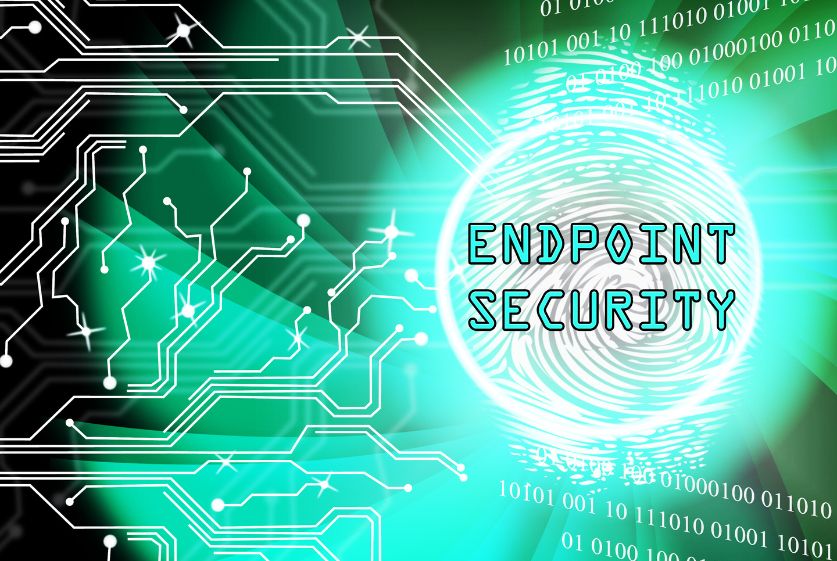Table of Contents
Assess Your Current AUP Cybersecurity Posture
The first step in strengthening AUP cybersecurity is to thoroughly assess your university or college’s current security posture. This involves identifying critical assets and sensitive data, evaluating risk levels, and reviewing the effectiveness of existing incident response provisions.
Identify Critical Assets and Data
Catalog servers, databases, research data, and devices across the network. Document sensitive information like student records, financial data, intellectual property, and personal data. This allows focused protection of high-value assets.

Conduct Risk Assessments
Conduct in-depth cyber risk assessments using established frameworks like NIST or ISO. Consider risks from data breaches, malware, unpatched systems, compromised credentials, and insider threats. Quantify risks to determine priorities.
Evaluate Incident Response Plans
Review existing incident response plans and procedures. Test response effectiveness through simulations. Assess communication workflows, roles and responsibilities, facilities for forensic investigation, and steps to rapidly contain threats.
Establish Strong Access Controls
With proliferating endpoints and credentials, access controls are imperative for AUP cybersecurity. Strategies include multi-factor authentication, strict password policies, and restricted admin privileges.
Implement Multi-Factor Authentication
Require two-factor or multi-factor authentication across all services like email, VPNs, cloud platforms, servers, and databases. This prevents unauthorized access through compromised passwords.

Use Strict Password Policies
Enforce strong password policies including minimum length, complexity, expiration timelines, and login attempt limits. Encourage passphrases over passwords for more entropy. Consider password managers.
Control Admin Privileges
Limit administrative privileges only to essential personnel. Review admin access periodically and enforce the principle of least privilege through role-based access controls. Sessions should time out after periods of inactivity.
Secure Endpoints and Devices
With BYOD environments prominent on campuses, device security is paramount for AUP cybersecurity. Core strategies include endpoint protection, encryption, and BYOD usage policies.
Deploy Endpoint Protection Software
Install EDR/EPP software on all endpoints – servers, user devices, and IoT devices across the AUP network. Software should cover anti-malware, application whitelisting, and host firewalls. Maintain up-to-date threat intelligence feeds.

Ensure Device Encryption
Implement full-disk encryption for servers and mobile device encryption for laptops, phones, tablets, and removable media. This protects against data theft or loss.
Establish BYOD Policies
Define BYOD usage policies for personal devices accessing university networks and data. Enforce device compliance checks, limit access levels based on device profiles, and isolate BYODs into separate network segments.
Strengthen Network Defenses
Robust network security measures are indispensable for safeguarding AUP environments. Essential protections involve next-generation firewalls, network segmentation, and intrusion detection capabilities.
Install Next-Gen Firewalls
Next-gen firewalls provide visibility into all traffic, including encrypted data, to detect threats. Enable IPS, application filtering, malware scanning, URL filtering, QoS controls, and sandboxing in the NGFWs deployed at the network perimeter, inter-VLAN junctions and other key points.

Segment Internal Network
Logically separate the network into discrete segments based on roles and trust levels using VLANs. This localizes threats and breaches while allowing granular access controls between segments. Define narrow communication conduits between segmented networks.
Deploy Intrusion Detection Systems
Implement network-based IDS sensors across AUP network segments to continually monitor traffic for attack signatures and anomalies. Collectively analyze threat telemetry using a centralized SIEM for rapid threat notification.
Provide Security Awareness Training
Despite technological safeguards, users often represent the weakest link in AUP cybersecurity. Ongoing security awareness training for faculty and students is thus indispensable.
Educate Employees on Cyber Threats
Provide continual cybersecurity awareness training to all university members on the latest cyber risks and response best practices through workshops, videos, posters, and more. Customize training for various user groups.

Test Employees with Simulated Attacks
Periodically test employee security awareness using controlled simulated phishing and social engineering attacks. Use these red team exercises to improve vigilance while better understanding risk behaviors and mindsets.
Make Training Ongoing and Interactive
Keep cybersecurity training refreshed through continuous delivery of updated content, gamification elements, and frequent communication. Maintain top-of-mind vigilance through positive reinforcement of desired security behaviors.
Create Incident Response Playbooks
Despite best efforts, breaches can still occur. Prepare response playbooks for effective AUP cybersecurity incident handling when threats materialize.

Define Roles and Responsibilities
Define RACI models mapping out roles and responsibilities of involved teams during incident response. Specify first responders, forensic investigators, communicators, decision-makers, and specialized incident handlers.
Develop Communication Workflows
Institutionalize communication workflows for threat notification and ongoing coordination between response teams, external agencies, executive leadership, students, and the public. Appoint spokespersons.
Outline Containment Strategies
Strategize steps to rapidly isolate and remove threats, preserve evidence in the state of detection, block adversary communication channels, prevent impacts through redundancy, and temporarily take affected systems offline.
Conduct Ongoing Assessments
Frequently reassess the AUP environment to uncover new risks and improve cyber defenses based on evolving threat landscapes. Useful assessments include vulnerability scanning, penetration tests and file integrity monitoring.

Perform Vulnerability Scans
Continually scan infrastructure, applications, and endpoints across the university network for vulnerabilities using automated tools. Develop risk-based remediation roadmaps based on scan findings.
Conduct Penetration Tests
Schedule periodic penetration tests to probe networks, systems, and people for weaknesses using techniques mimicking real-world attacks. Uncover security gaps missed through routine assessments.
Audit File Integrity
Detect changes to critical files and unauthorized modifications indicative of malware or insider threats. Closely monitor file integrity of sensitive systems through hashes, timestamps, and permissions-based anomalies.
Conclusion
AUP cybersecurity requires a multifaceted approach spanning technology, processes, and people. By implementing the strategies outlined across assessment, access management, training, and incident response, universities and colleges can manage cyber risks and safeguard their digital environments.
Sustaining a strong cybersecurity posture necessitates continuous improvement as threats evolve.
FAQs
What are the most pressing cyber threats faced by universities and colleges?
Universities face rising threats like ransomware, DDoS attacks, data breaches from hackers, insider threats, password attacks and risks from unsecured BYOD usage – all of which require comprehensive cyber defenses.
How can we evaluate if our existing AUP cybersecurity measures are effective?
Perform risk assessments using frameworks like NIST or ISO 27001. Test defenses through red team exercises simulating real-world attacks. Also, assessed through third-party vulnerability assessments and penetration tests.
What are some key elements in developing a cybersecurity incident response plan?
Defining roles and responsibilities, institutionalizing communication workflows, building playbooks for containment/remediation, mandating cyber insurance, coordinating response testing through simulated incidents, and integrating threat intelligence capabilities.
Which cybersecurity best practices are ideal for widespread adoption within AUPs?
Multi-factor authentication, endpoint protection on all devices, security awareness training for campus members reinforced through continuous simulation testing, next-generation firewalls at network boundaries, granular privilege controls, and file integrity monitoring of critical systems.
What are the risks involved in BYOD environments prevalent within most AUPs?
BYOD poses threats of data theft if devices are unsecured, vulnerabilities from outdated OSes or software, malware proliferation across networks, lack of visibility into device activities, and lateral movement risks during infection outbreaks.









